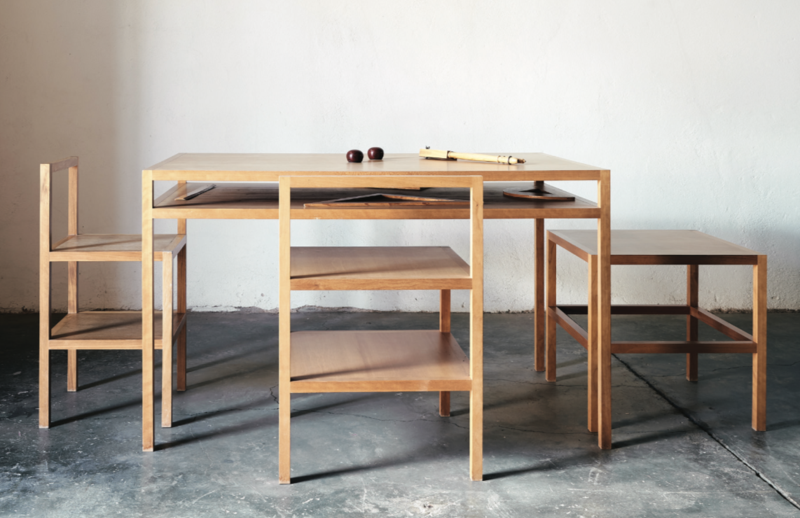As a child, Flavin Judd thought everybody designed and made their own furniture. The son of prominent 20th-century sculptor and artist Donald Judd, he lived among the hand-hewn pieces his father had crafted for the family—roughly made pine furniture custom-built for their SoHo loft, and later pieces made of solid wood and metal—and which the artist also sold to those in the know, mostly via word of mouth and galleries.

Judd’s furniture at La Masana de Chinati in Marfa, Texas19.75-Inch Frame Chair 67,19.75-Inch Frame Stool 68, and 49.5-Inch Frame Table 70 in Cherry Installed at North Library, La Mansana de Chinati/The Block, Judd Foundation, Marfa, TX Image: William Jess Laird © Judd Foundation
“The furniture rigorously follows his thinking and his views of the world,” says Flavin. “Aesthetically, it’s not a style, but there’s a certain quality to the furniture—paying attention to detail and a jettisoning of things that you don’t like.”

Ready to dig in?
This article is available exclusively for
BOH subscribers and BOH Insiders.
BOH subscribers and BOH Insiders.
Want full access?









































